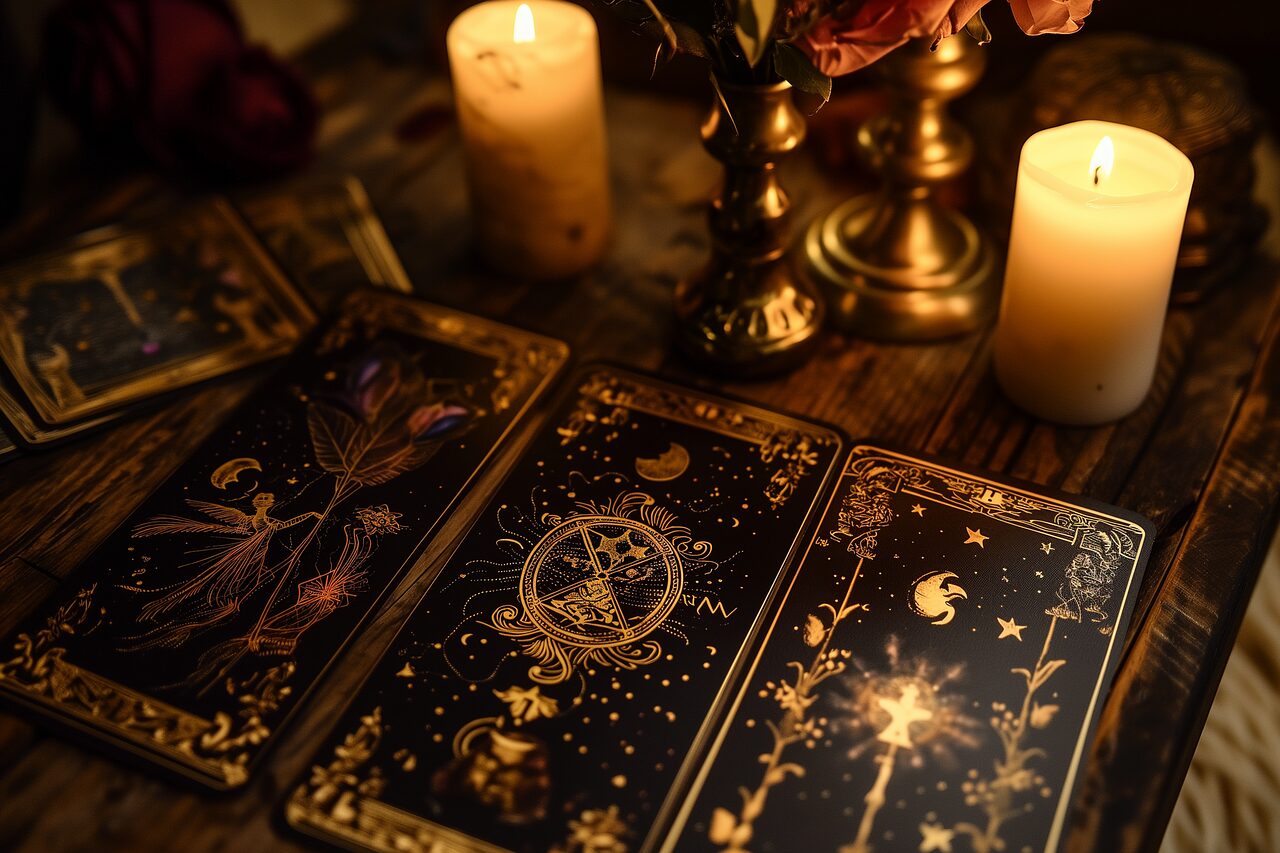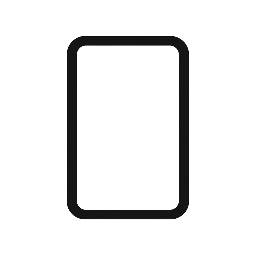Exploring Two Sacred Approaches to Unlocking the Wisdom of the Cards

Tarot, like any spiritual tool, is both an art and a science—woven from centuries of archetypal language, mysticism, and personal reflection. But within its structure lies a fork in the road: Do you follow a traditional reading style rooted in defined meanings and structure, or do you lean into intuitive reading—guided by feeling, energy, and personal symbolism?
The truth is, neither path is “better” than the other. Each offers a unique way to commune with the cards, depending on your needs, your personality, and your spiritual language.
Let’s explore the differences—and help you discover which style resonates most with your soul.
🜂 What is Traditional Tarot Reading?
Traditional tarot is based on centuries of esoteric systems such as the Rider-Waite-Smith tradition, Golden Dawn symbolism, and numerology. It follows:
- Fixed meanings for each card
- Structured spreads (e.g., Celtic Cross, Three-Card, Horseshoe)
- Emphasis on historical context, reversals, suits, and positions
- A methodical approach to interpreting layers of meaning
✦ Benefits:
- Offers depth, history, and intellectual richness
- Creates consistency in readings and training
- Excellent for learners who appreciate structure or study
✦ Limitations:
- Can feel rigid or inaccessible for some
- May suppress intuitive impressions if followed too literally
🌙 What is Intuitive Tarot Reading?
Intuitive reading emphasizes feeling over formula. It asks you to engage with the imagery, energy, and emotional resonance of the cards—often letting your own subconscious and spiritual connection lead.
- Interpretations are fluid and deeply personal
- Symbols, colors, and felt senses guide the message
- Readers often blend other tools (clairsentience, channeling, energy work)
- Focuses more on present-moment energy than strict prediction
✦ Benefits:
- Builds confidence in inner guidance and intuition
- Adaptable and emotionally resonant
- Empowers a more relational and heart-centered reading style
✦ Limitations:
- Can lack consistency for beginners
- May drift into projection if not grounded in self-awareness
🜁 How to Know Which Path is Yours
Ask yourself:
- Do I feel energized by study and structure, or am I more fluid and feeling-based?
- Do I enjoy learning historical systems, or do I prefer intuitive exploration?
- Am I seeking consistency in readings, or am I more interested in energetic nuance?
You might start with one and evolve into the other. Many readers, including those at Tarotonics™, blend both—honoring structure and spirit. This creates a dynamic approach: grounded in tradition, yet open to higher guidance.
🔮 Blending the Two: The Tarotonics™ Approach
At Tarotonics™, we believe both styles have sacred value. Our system teaches the foundations of traditional tarot while encouraging the development of your unique intuitive voice.
Structure gives you the skeleton. Intuition gives it breath.
When you understand both paths, you can dance between them. You can root your practice in wisdom—and let your spirit lead the way.
✨ So… Which Path is Yours?
Whether you’re decoding the symbology of The Lovers through the lens of Jungian archetypes, or simply feeling the magnetic pull of a card’s color and energy—your way is valid.
Tarot doesn’t demand allegiance to one system. It asks for your presence, your intention, and your trust.
And ultimately, the most powerful readings are the ones that resonate with your truth.
Want to explore both styles?
Join our Tarotonics™ Foundations Course or schedule a session with JD Moon to experience how intuitive and traditional wisdom can co-create a sacred reading space.

Leave a Reply